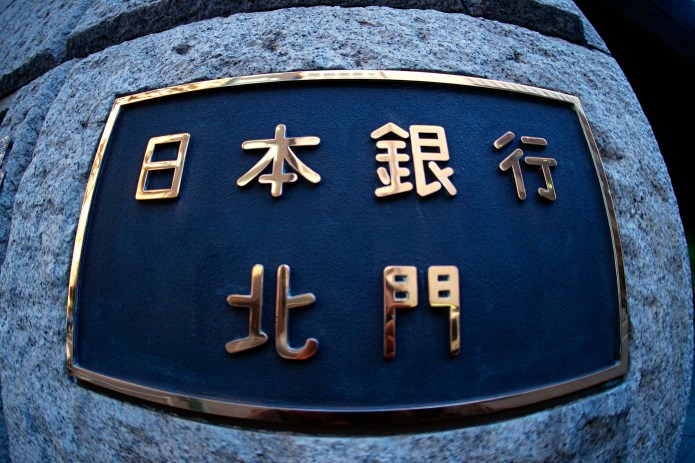Positive momentum for Japanese equities strengthens as central bank unpauses rate hikes
Head of Japanese Equities Junichi Inoue summarises the main points from the Bank of Japan’s latest rate hike decision and its more optimistic economic forecasts.

4 minute read
Key takeaways:
- The Bank of Japan’s rate hike to its highest level in 17 years signals a more positive tone from the central bank for continued price rises and wage growth.
- Higher rates and prices are prompting exits from less profitable businesses to be more cost and debt conscious, while enabling price hikes to increase profit margins.
- All this bodes well for Japanese market profitability and shareholder returns, and with more change likely ahead, the opportunities for stock picking will broaden out.
Japan’s Consumer Price Index (CPI) continues to rise above the 2% inflation target set by the Bank of Japan (BoJ). According to the central bank’s outlook for economic activity and prices report released today, the year-on-year change in the CPI is expected to be 2.7% for the fiscal year ending in March 2025, 2.4% for the fiscal year ending in March 2026, and 2.0% for the fiscal year ending in March 2027. This means the central bank has now raised its inflation forecasts for the next few years, with each exceeding the BoJ target.
This has led the BoJ to announce today its third interest rate hike in this cycle, raising the policy interest rate from 0.25% to 0.5%. Although the tone of the press conference was neutral, the central bank’s policy remains significantly accommodative, compared to the potential growth rate and inflation rate. Governor Ueda mentioned that his intention is to continue raising rates, subject to favourable economic data and risk assessments until reaching the neutral rate, which is thought to be somewhere between 1.0% and 2.5%.
The decision to hold off raising rates last December seemed to be inconsistent with previous statements made by the Governor. Although the reasons behind the inconsistency are still unclear, it is likely that the timing of this January, six months after the previous rate hike, is considered to represent more measured pacing. The next rate hike consensus will probably be either at the upcoming July or September monetary policy meeting.
The implications for the stock market are mostly positive. A consensus is forming around expectations for prices to continue rising, which should induce corporates to stop delaying investments and for consumers, purchase decisions. Taken together, this will continue to drive domestic demand.
In terms of Japan’s annual wage increases, businesses seems to be considering similar or slightly higher wage increases than last year. Significant rises are being considered for younger, more junior workers by many companies, something that has been absent for many years. This is a very encouraging sign, which should lead to more active consumption among the younger generation, that have a higher propensity to consume.
While the rate hikes will benefit the banking sector’s earnings, the opposite is true for other businesses that are more sensitive to higher interest rates. Rising interest rates and prices are beginning to prompt the exit of low-profit businesses and mergers, many of which are debt-heavy. Now that price hikes and mild inflation are becoming more acceptable following years of deflation and weak sentiment, businesses are able to increase pricing power and profit margins, meanwhile higher financing costs will spur cost and debt reduction. Merger and acquisition (M&A) activity is increasing, which also aims to improve margins and reduce costs. We believe, combined, these factors will ultimately lead to an overall improvement in market profitability and return on invested capital for investors in Japanese equities.
In our view, the rate rise to its highest level in 17 years is an indicator that more positive changes are likely to come, which increases opportunities for stock picking.
Source for BoJ rate decision information: https://www.boj.or.jp/en/mopo/mpmdeci/mpr_2025/k250124b.pdf
CPI: Consumer Price Index is a measure that examines the price change of a basket of consumer goods and services over time. It is used to estimate inflation. ‘Headline’ CPI inflation is a calculation of total inflation in an economy, and includes items such as food and energy, where prices tend to be more volatile. ‘Core’ CPI inflation is a measure of inflation that excludes transitory/volatile items such as food and energy.
Monetary policy: aims to influence the level of inflation and growth in an economy. Monetary policy tools include setting interest rates and controlling the supply of money.
Neutral rate: the level at which monetary policy is neither contractionary nor expansionary.

